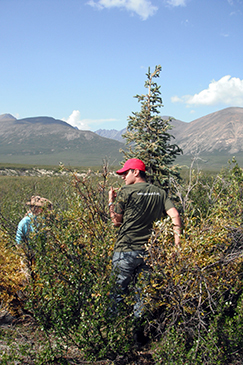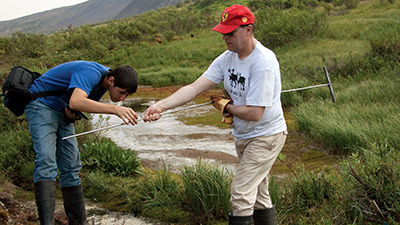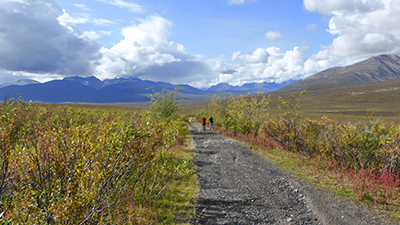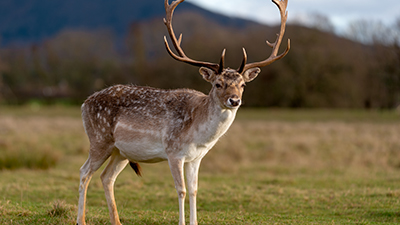プログラム調査日程・空き状況・参加費用等、海外調査に関するお問い合わせは、アースウォッチ・ジャパン事務局にて承ります。info@earthwatch.jp までお気軽にお問い合わせください。
Shrinking sea ice, retreating glaciers, a tree line migrating further north, and less snow that also melts earlier—what do these climate-related changes mean for the Arctic, and for all of us?

Arctic landscapes are changing. Over the last two decades the Mackenzie Mountains have experienced an increase of about 1.25 degrees Celsius in annual permafrost temperature. As a result, trees are being outcompeted by shrubs and the permafrost is thawing. These shifts will change life for every species in the Arctic. That’s why researchers are working hard now to understand exactly how these lands and species work together. Long-term data will allow them to see past seasonal extreme weather events and detect the long term patterns.
On this expedition, you’ll measure evidence of climate change in the majestic Mackenzie Mountains, a range that forms part of the border between Canada’s Northwest Territories and the Yukon and is on the front line of climate change. Among stunning wildlife, including one of the world’s largest herds of mountain caribou, you’ll help take soil and permafrost samples, monitor the status of the tree line, and record information on native plant species. By helping researchers learn all they can about this fragile environment now, you’ll help preserve it for the future.
ボランティアの役割
You’ll become very familiar with the flora, fauna, and landscape of this exceptional place. Every day you’ll begin hiking early, stopping along the way to:

You’ll use sophisticated equipment to collect data on features of permafrost and soil. This work helps reveal global-warming-related changes in these aspects of the Arctic.

While hiking, you’ll look for vascular plants, lichens, and mosses and monitor plant phenology (the timing of seasonal events such as flowering, first leaves, etc.). You’ll also core evergreen and deciduous trees to count their rings, and count their needles.

You’ll see how climate change is impacting Arctic animals by recording when and where you see them, and how many you observe.
